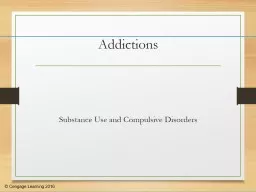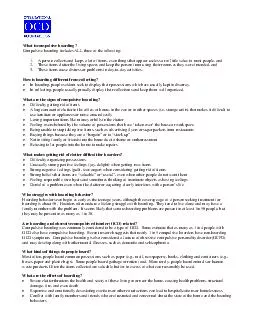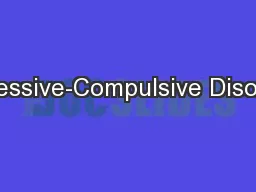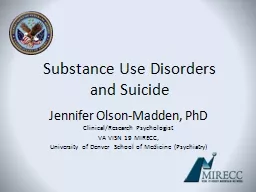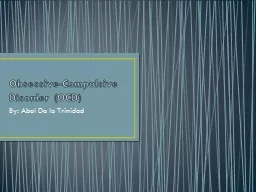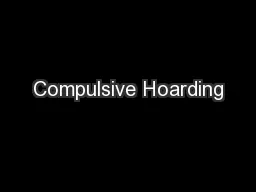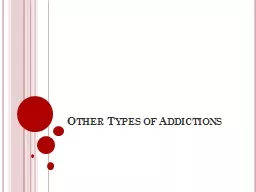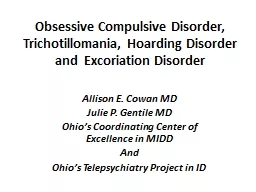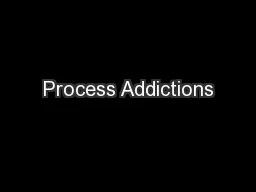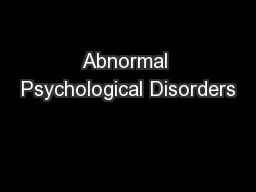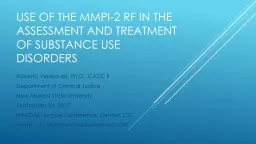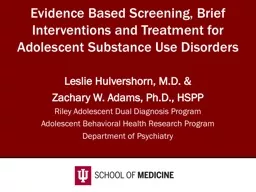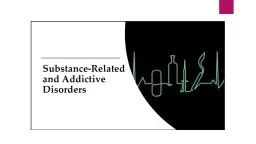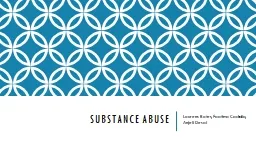PPT-Addictions Substance Use and Compulsive Disorders
Author : trish-goza | Published Date : 2018-12-06
Substance Abuse in the United States Substance abuse Excessive or harmful use of drugs and alcohol Substanceuse disorder 85 percent of pop Alcohol most common Followed
Presentation Embed Code
Download Presentation
Download Presentation The PPT/PDF document "Addictions Substance Use and Compulsive ..." is the property of its rightful owner. Permission is granted to download and print the materials on this website for personal, non-commercial use only, and to display it on your personal computer provided you do not modify the materials and that you retain all copyright notices contained in the materials. By downloading content from our website, you accept the terms of this agreement.
Addictions Substance Use and Compulsive Disorders: Transcript
Download Rules Of Document
"Addictions Substance Use and Compulsive Disorders"The content belongs to its owner. You may download and print it for personal use, without modification, and keep all copyright notices. By downloading, you agree to these terms.
Related Documents

